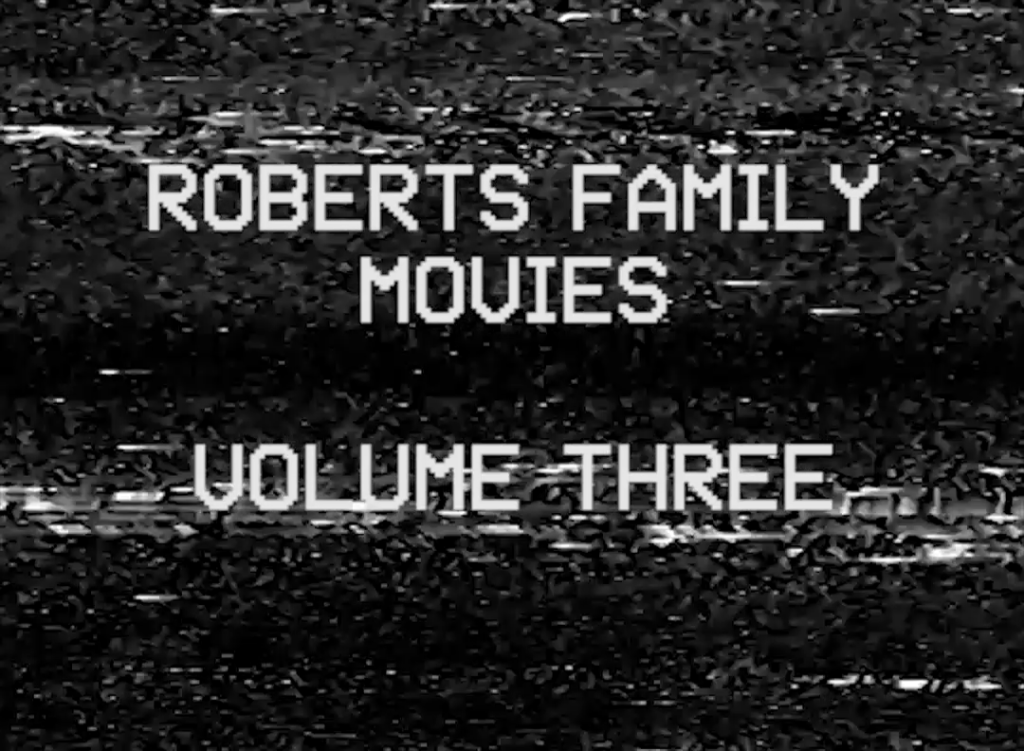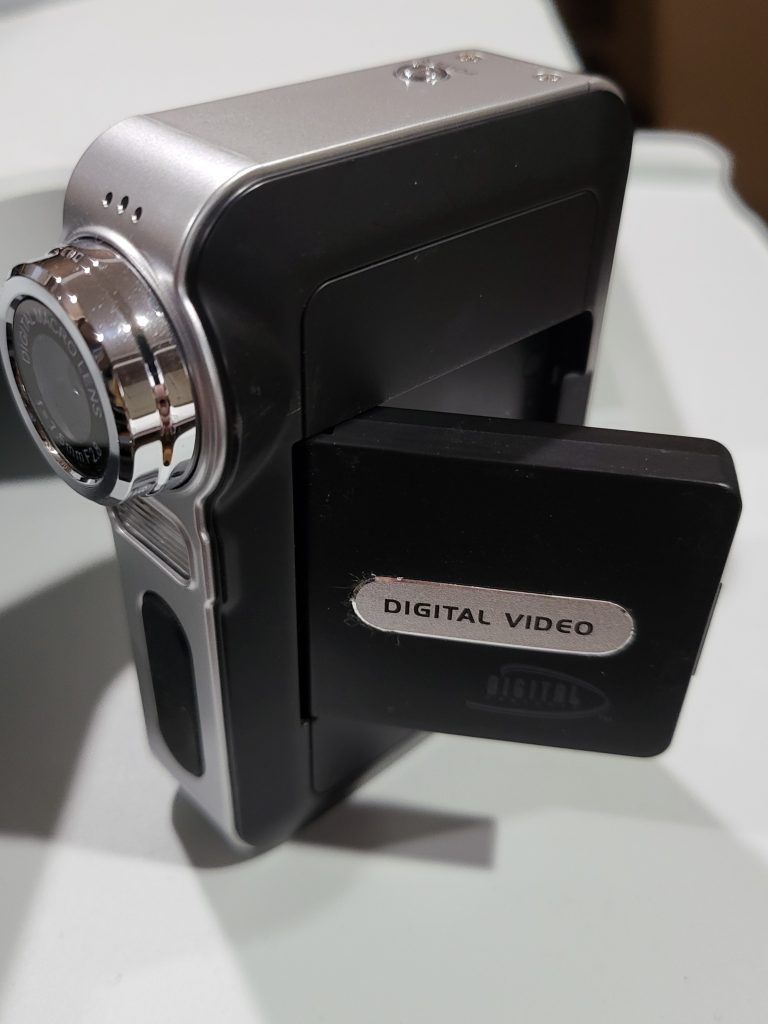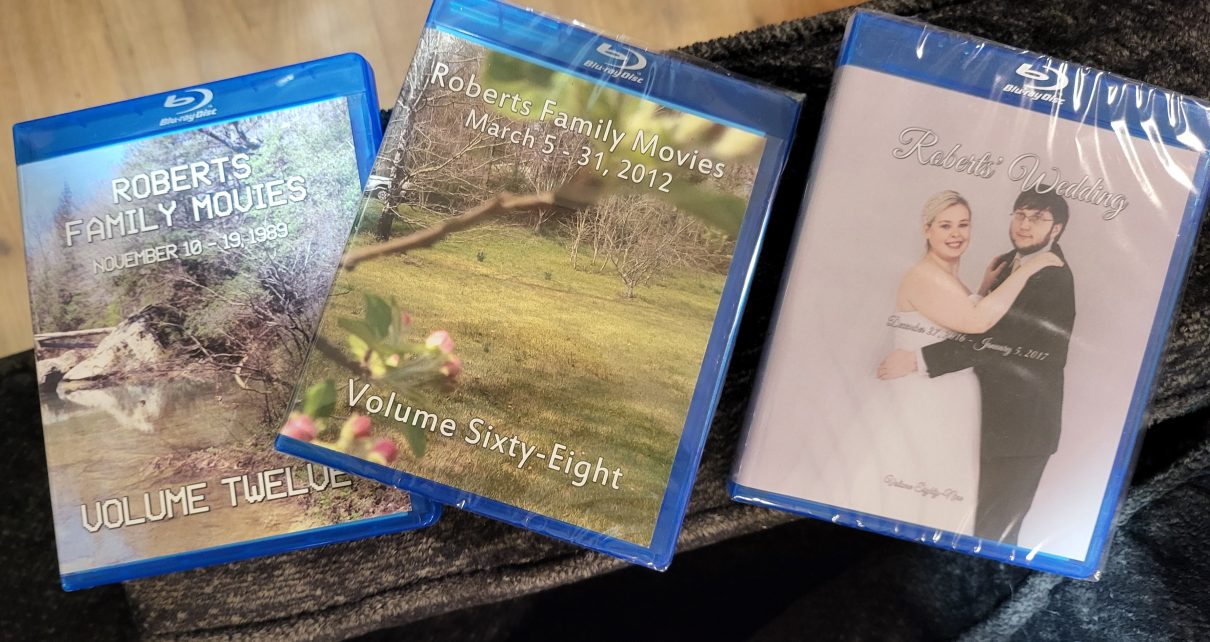When was the last time you sat down to watch a home movie. Not just a 10-second phone clip, but a real hour-long recording of family or friends? If your answer is “never,” you’re not alone. The art of home movie-making, once a cherished family pastime, has faded in the era of TikTok clips and quick social media stories.
It wasn’t always this way. In the 80s and 90s, after the rise of consumer video camera market, it was incredibly common for families to make hours-long tapes of holidays, birthdays, weddings, and reunions.
Now, making extended recordings of family get-togethers or a day at the park has fallen out of fashion in exchange for those brief clips of funny moments or “live selfie” poses.
This, I believe, is a gross mistake and something that will be a future source of regret for smartphone-bearers who aren’t in the habit of organizing and archiving their digital memories.

A few weeks before I was born, my father purchased a VHS camcorder and began chronicling the lives of his family.
Eighteen years later, long after he had abandoned the practice, I took up the hobby myself.
It was a dinky little handheld digital camera I received Christmas of 2005. With a laughably low resolution and abysmal audio, I recorded about an hour and a half of my life with it–all with a clattering, raucous backing track. The sound I actually wanted to capture was flat and scratchy.

I edited those video files together in Windows Movie Maker and burned the render to DVD, labeling it Volume One of my home movies.
Once my cheap camera died, I upgraded to a Sony Handycam with a DVD drive—my first big leap in quality—and eventually moved on to HD-capable smartphones and other camcorders.
But my workflow has largely remained the same. Where the common trend today is to share a video through group chat or to social media with a caption explaining the context, I prefer to give that context via narration in the video itself. I create content primarily to edit together into a 1.5 hour long movie format for viewing on a TV screen.
Eventually, convenience won out: I filmed most of my content on smartphones, even though I kept a camcorder around.
Video in a “portrait orientation” is not suited for my uses. It’s always an irritation to deal with, requiring me to upscale and zoom the content to fill the screen or to center it with a background to occupy the borders.
The cameras themselves stopped holding interest for me eventually. It was the editing process that always fascinated me. Utilizing music to convey a message or emotion felt empowering in a way that writing didn’t. And creating home volumes themed around things like The Legend Of Zelda was satisfying.
But ultimately, the end product is the most important thing about the craft. Putting a home video on to play in the background is comforting, whether it’s a volume from recent years or half a century ago.
Of course, my dad’s old VHS recordings weren’t on DVD. After months of transferring and editing the scattered footage, I ended up with forty-seven volumes. My own first digital recordings, starting with my high school graduation, became Volume Forty-Eight, and since then, my library has grown to over one hundred fifty-five digital volumes.
I don’t intend to stop making them. Though, I lament the fact that physical media has fallen out of fashion, I keep a Blu-Ray version of each.

However, the wonder of streaming and self-hosting through Plex means that I and my family can enjoy these films wherever we please. Sometimes I’ll start an old one up on my phone and let it serve as ambient sound.

I recognize that it’s a bit of an obsession of mine at this point–one that many wouldn’t understand or wish to take upon themselves. It’s an understandable position. But I’ve prepared some counter-arguments for potential reasons why one would find this type of project daunting:
It takes too long to edit.
If you do incremental editing once a month or so, it’s manageable. Simply adding new clips to your timeline is all that’s needed. The result is priceless.
My phone can’t capture professional audio/video.
This is unimportant. I’ve preserved memories in the worst quality imaginable. That was before smartphones existed and every device has a serviceable HD camera. I promise you, this won’t be an issue.
Nobody wants to watch a full hour of aimless family events.
You might be surprised how many do, especially during gatherings. But that aside, you needn’t watch the whole thing. Just have it running during a hangout session and point out the most interesting moments. Or, the better solution, use this as a challenge to create a narrative with your real life. (I’ve had an idea on the back burner to interview my family, mockumentary style, during a summer vacation)
Short clips on social media are good enough.
Social media is fleeting; posts get buried under newer content, and platforms change or shut down over time. A dedicated home movie is something you control, archived for posterity.
I’ll just snap photos instead. Videos are too bulky to store.
Photos are wonderful, but they can’t capture voices, laughter, or the dynamism of a moment unfolding. Home movies expand on what photos preserve.
External hard drives, cloud storage, or network-attached storage (NAS) make organizing large video files easier than ever. The cost of storage has dropped significantly over the years.
Try to label files with dates or events and maintain a simple folder structure. This practice helps keep a manageable archive.
My kid/grandkids won’t know these people and won’t be interested in them.
But they know you. They will come to know their long-passed family through the on-camera interactions you had with them. It isn’t like seeing some forgotten ancestor in a still photo. Movies are live. Immersing yourself in the video of a conversation is a magnificent way to become familiar with people you never had the chance to meet. This is the failing of the current, short-form format. You cannot know someone in sixty seconds.
So the next time you’re tempted to settle for a ten-second clip or a vertical selfie video, remember there’s a deeper magic in letting the camera roll. Home movies aren’t just artifacts of the VHS era; they’re an art form waiting to be preserved, refined, and shared for generations. All it takes is a little planning, a willingness to narrate your own story, and the desire to give tomorrow’s family members a chance to watch life as it truly was. Long after social media trends fade, these home volumes will remain—a heartfelt record of who we were, how we lived, and what really mattered.


